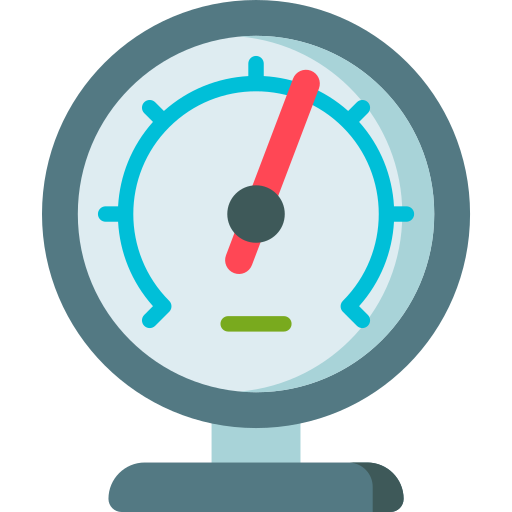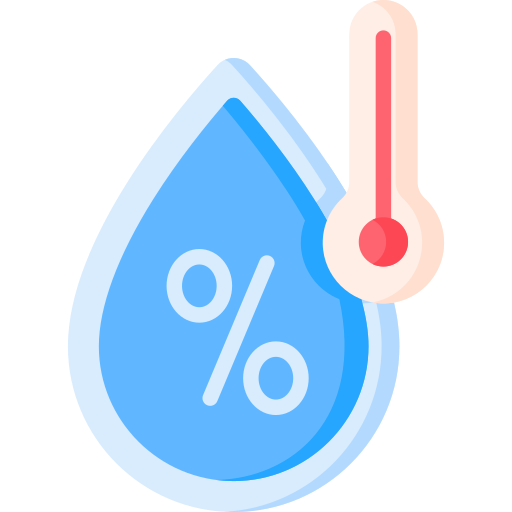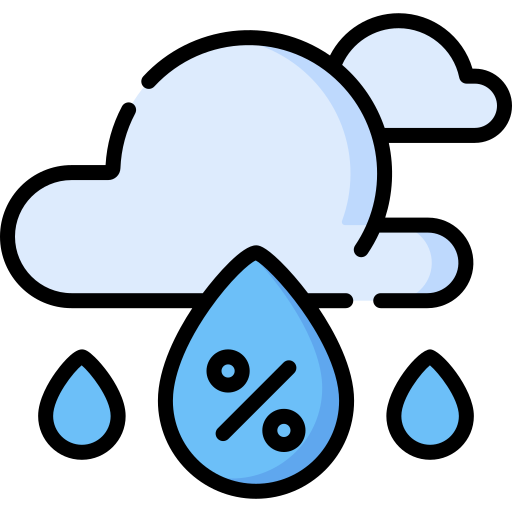Wellington - Introduction

About Wellington
Wellington Current Weather
Wellington, New Zealand
2025-12-20 15:40
Partly cloudy
18.2°C
Temperature:18.2°C |
64.8°F
Feels like:18.2°C |
64.8°F
Other weather information:
| Parameter | Value |
|---|---|
Wind 
|
10.8 km/h |
Pressure 
|
1003 mb |
Humidity 
|
49% |
Visibility 
|
10 km |
UV Index 
|
7.5 |
Precip 
|
0.17 |